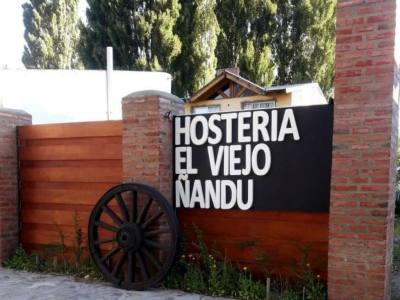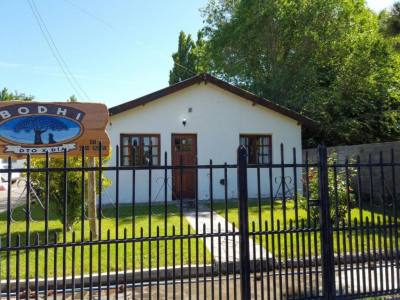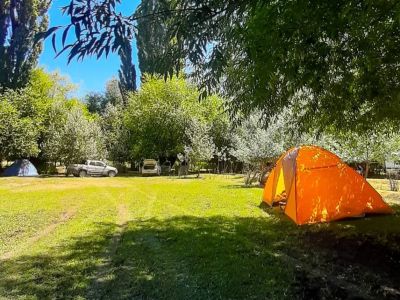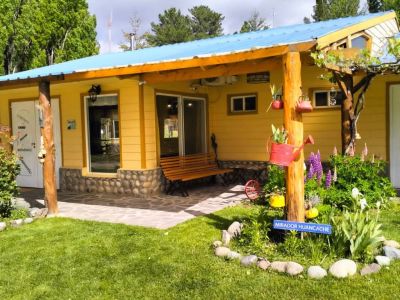Gualjaina
 Gualjaina - Foto: Turismo Gualjaina
Gualjaina - Foto: Turismo Gualjaina The Central Plateau is a vast territory that occupies a third of the province of Chubut, home to scattered communities that find their coordination center in the town of Gualjaina, 85 km from Esquel, the most important city in the mountainous area. The extensive and isolated geography of these territories poses accessibility challenges, especially for families living in the mountainous areas, where seemingly short distances can become significant obstacles. In this vast and isolated territory, the Central Plateau manifests itself as an imposing landscape that challenges connectivity and highlights the resilience of the communities that inhabit it.
The history of Gualjaina dates back to the end of the 19th century, when the first settlers settled in the area and dedicated themselves to raising sheep. Hence, one of the traditional skills is textile weaving. The Mapuche loom is also linked to the aboriginal settlers of the Patagonian region and their local economic activity. The town is known as the "oasis" of the Patagonian plateau. At present, the center of Gualjaina unfolds along Benito Fernández Avenue, a single street covering about 15 blocks that finds natural limits with the Lepá River to the east and walls to the west that add character to the urban landscape, and the area of farms within the valley between the Lepá and Gualjaina rivers.
Strategically located near Esquel and El Bolsón, Gualjaina is a new option for adventure tourism lovers, since it is an emerging tourist destination, with circuits that explore archeological and paleontological attractions and natural formations such as the protected area of Piedra Parada. Travelers can discover diverse excursions, from the sierras and the Piedra Parada valley to the practice of sport fishing in the Chubut River.
The protected area of Piedra Parada is a unique volcanic rock formation with a base of 100 meters and more than 210 meters high, which together with canyons, mountain ranges and caverns attract climbers from all over the world. Cañadón de la Buitrera, with its cave paintings and fossils, is another landmark that reveals the natural and historical richness of the Chubut plateau.
A few kilometers from the town, the Cerro La Ventana-Placa del Malacara circuit offers panoramic views of the Gualjaina Valley and the confluence of the Lepá, Gualjaina and Chubut rivers. Another attraction is the Cañadón Grande Circuit, which invites you to explore the Mapuche culture, with visits to different communities and their handicraft workshops.
Although less known than other tourist regions, the Comarca de la Meseta Central de Chubut attracts travelers with its authenticity and the promise of unexpected discoveries.





